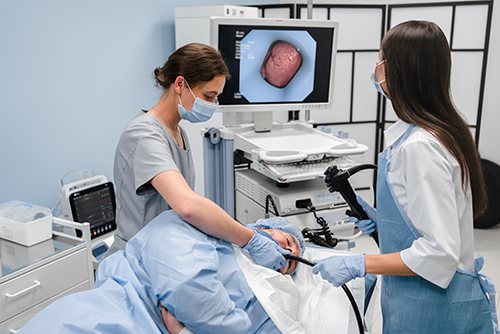- +852 1234 5678
- mycancerinfoorg@gmail.com

Bronchoscopy is a medical procedure that allows doctors to look inside the airways and lungs using a thin, flexible tube with a light and camera (called a bronchoscope).
It can be used to:
Learn how liquid biopsy and chemo sensitivity testing can personalize your treatment plan.
Gain knowledge to actively participate in treatment discussions with your healthcare team.
Discover how precision medicine and metabolic therapies can enhance treatment effectiveness.
Empower yourself with knowledge about precision metabolic oncology and take an active role in your cancer care journey.
Our team of oncology experts is here to help you understand your diagnosis and treatment options.